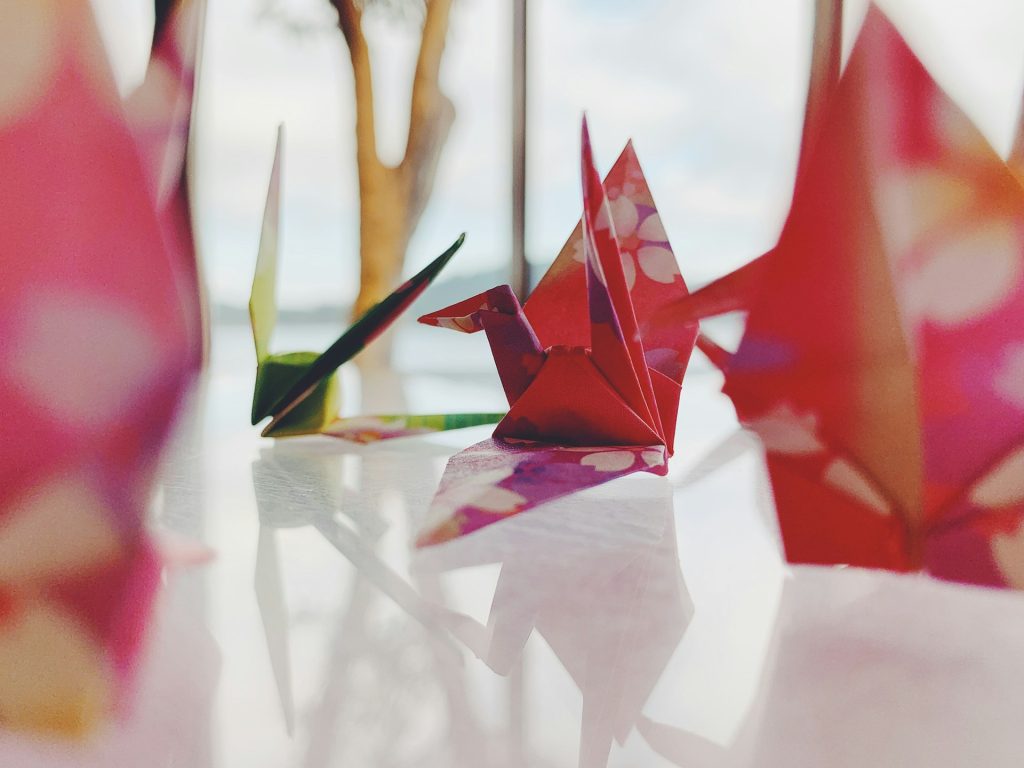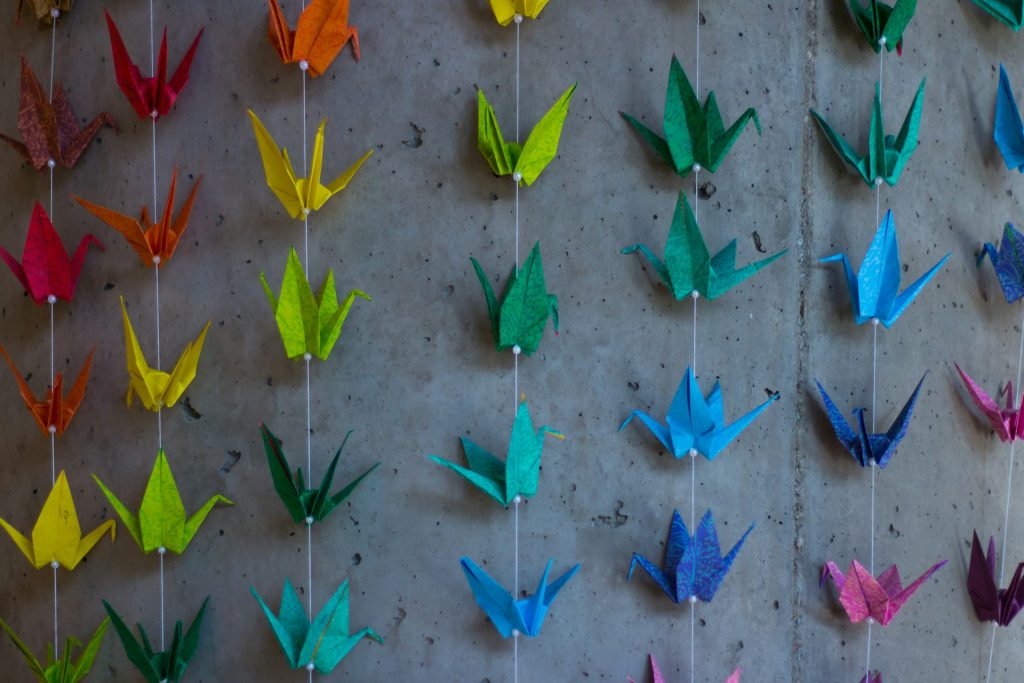Origami, the delicate art of paper folding, has captivated hearts and minds for centuries. While it is hard to pinpoint an exact timeline due to the perishable nature of paper, we can trace the origins and evolution of origami through historical records and cultural anecdotes. Join us on a journey through time as we explore the rich history of this beautiful craft.

The Birth of Paper and Early Beginnings
Paper, the essential medium for origami, was invented around 105 A.D. in China. This revolutionary invention gradually made its way to Japan by the sixth century. While various cultures practiced paper folding, it was the Japanese who truly elevated it to an art form. The transformation from practical folding to artistic expression marked the beginning of what we now recognize as origami.
The Evolution of a Name
Originally, this craft was known as orikata, meaning folded shapes. It wasn’t until 1880 that the term origami became widely accepted. The name derives from the Japanese words oru (to fold) and kami (paper). Although the exact reason for the name change remains unclear, some scholars suggest that the characters for origami were simpler for schoolchildren to write, thus popularizing the term.

The Early Days of Origami
In its infancy, origami was a craft reserved for the elite. Japanese monks used folded paper figures for religious purposes, and origami played a role in various formal ceremonies. For instance, paper butterflies were often folded to adorn sake bottles at wedding receptions. Another example is tsutsumi, folded paper gift wrappers symbolizing sincerity and purity, used in ceremonial contexts. Tsuki, folded paper pieces accompanying valuable gifts, served as certificates of authenticity.
As paper became more affordable, origami transitioned from an elite pastime to a popular craft among common people. It became a means of creating gifts and crafting folded cards and envelopes for correspondence. Additionally, origami started to be used as an educational tool, integrating mathematical concepts into the folding process.
The First Origami Book
The first known book about origami, Sembazuru Orikata (Thousand Crane Folding), was published in 1797 by Akisato Rito. This book focused more on cultural customs than instructional folding techniques. A traditional Japanese belief states that folding 1,000 paper cranes grants one special wish, a story that continues to inspire origami enthusiasts worldwide.
Akira Yoshizawa: The Grandmaster of Origami
No discussion of origami history would be complete without mentioning Akira Yoshizawa, often referred to as the “grandmaster of origami.” Born in 1911, Yoshizawa discovered his passion for origami as a child. In his twenties, he utilized his origami skills to teach geometry concepts to new employees at the factory where he worked. His 1954 publication, Atarashi Origami Geijutsu (New Origami Art), laid the foundation for modern origami notation and symbols.
Yoshizawa’s work transformed him into a cultural ambassador for Japan, spreading awareness and appreciation of origami worldwide. Although he passed away in 2005, Yoshizawa’s legacy endures. He is estimated to have created over 50,000 different figures, with only a few hundred documented in his published works. He also pioneered the wet-folding technique, which involves moistening paper to create rounder, more sculpted folds.
The Modern Age of Origami
Traditional origami adhered strictly to the principles of no cutting or gluing. However, modern origami has evolved, embracing new techniques and materials. Today, many origami books include models that incorporate cutting and gluing for added stability and complexity.
Origami enthusiasts now experiment with a variety of papers, from wrapping paper and typing paper to scrapbook paper and handmade paper. There is also a growing trend of “green” crafting, where artists use recycled materials such as old newspapers and junk mail. Additionally, paper currency origami has become a unique way to present cash gifts, requiring designs tailored to specific currency dimensions.

From its ancient origins to its modern-day variations, origami has proven to be a timeless art form. Its journey from a craft for the elite to a beloved pastime for people of all ages and backgrounds speaks to its universal appeal. Whether you’re folding a simple crane or tackling a complex sculpture, the art of origami continues to inspire creativity and bring joy to countless enthusiasts around the world. So next time you pick up a piece of paper, remember the rich history behind this humble yet extraordinary craft and let your imagination take flight.





